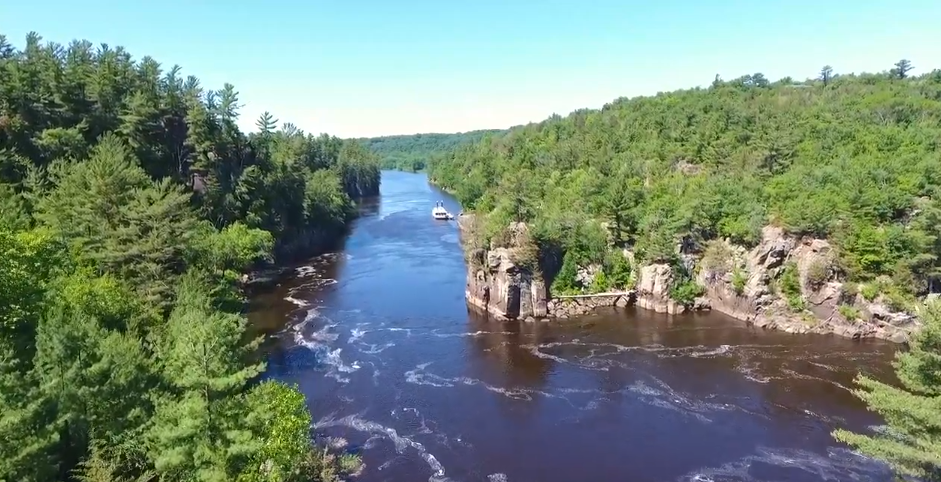Wisconsin Department of Natural Resources - Air Program
October 15, 2019
 Air quality in Wisconsin continues to improve! The 2019 Air Quality Trends Report provides the latest official state monitoring data for air pollutants regulated under the Clean Air Act. This year’s report once again shows that concentrations of most pollutants continue to decrease throughout the state.
The continued decrease in fine particle (PM2.5) concentrations is one of several success stories highlighted in the report. In southeast Wisconsin for example, PM2.5 concentrations were violating the 24-hour standard just a decade ago. Today, those concentrations are roughly 40 percent lower than the standard and continue to decrease. Since 2002, overall concentrations of PM2.5 have decreased by 35 percent across the state.
Other success stories include the 50 percent drop in emissions of ozone-forming pollutants like volatile organic compounds (VOCs) and nitrogen oxides (NOx) and a 68 percent drop in sulfur dioxide emissions since the early 2000s. Due in part to these significant reductions, 94 percent of Wisconsin’s population lives in areas meeting all federal air quality standards. Parts of six counties along the Lake Michigan shoreline are not meeting the federal ozone standards. However, emissions of ozone-forming pollutants continue to decrease across the state, as the federal standard gets more stringent. It is a priority for the department to continue to address the areas not meeting air quality standards through working with partners, conducting additional monitoring research, and engaging with other states.
For the first time, this report also includes maps of nitrogen dioxide (NO2) derived from satellite data. From 2006 to 2018, the Ozone Monitoring Instrument (OMI) on NASA’s Aura satellite observed large reductions of NO2 across most of the state, with the greatest reductions found in the Milwaukee area. “These data are consistent with the decreases observed by the state’s ground-based monitors,” said DNR Air Program Director Gail Good. “While the air program does not use the satellite data for regulatory purposes, it does help us understand overall trends and indicates the reduction of this ozone-forming pollutant is widespread.”
The 2019 Air Quality Trends Report along with historic reports are available on DNR’s air quality web page. Current air quality conditions in Wisconsin can be found on the Wisconsin Air Quality Monitoring Data webpage.
|